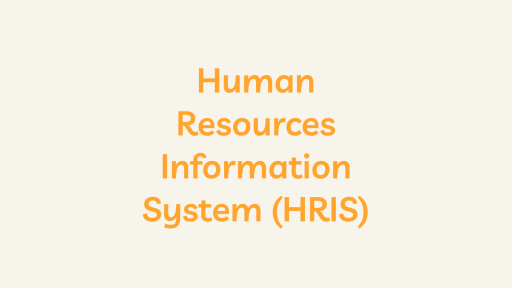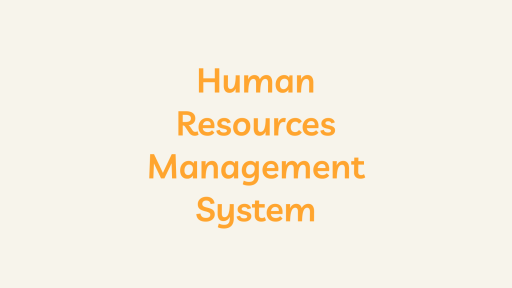Introduction
The Earned Income Tax Credit (EITC) stands as a pivotal program in the realm of tax benefits, designed to support low-income workers and families in the United States. In this article, we delve into the fundamental aspects of EITC, exploring its advantages and its impact on the economy and social well-being.
1. Understanding Earned Income Tax Credit (EITC)
At its core, EITC is a refundable tax credit for individuals and families with low to moderate incomes. It operates as a financial boost, putting money back into the pockets of those who need it most. Unlike some other tax credits, EITC is refundable, meaning that even if the credit exceeds the amount of taxes owed, eligible recipients can receive the remaining balance as a tax refund. EITC is particularly beneficial for low-wage workers, helping offset their income tax liability and providing additional financial assistance.
2. Earned Income Tax Credit (EITC) Eligibility Criteria
EITC eligibility is determined based on various factors, including income level, filing status, and the number of qualifying children. Individuals and families must comprehend the specific requirements to ensure they receive the full benefits they are entitled to. The eligibility criteria are periodically adjusted to account for changes in the cost of living, making it essential for taxpayers to stay informed about any updates that may affect their eligibility.
3. Impact on Low-Income Workers
One of the primary goals of EITC is to incentivize and reward work. By providing financial assistance to those with earned income, the program not only eases the tax burden but also encourages individuals to remain employed. This, in turn, contributes to the overall stability of the labor market. Studies have shown that EITC positively impacts workforce participation rates, particularly among single parents, demonstrating its effectiveness in promoting employment.
4. Earned Income Tax Credit (EITC) Economic Stimulus and Poverty Reduction
EITC plays a vital role in stimulating economic activity. The injection of funds into the hands of low-income individuals often leads to increased consumer spending, thereby bolstering local businesses and communities. Moreover, credit is a powerful tool in the fight against poverty, lifting countless families above the poverty line. Research indicates that EITC has a direct and measurable impact on reducing poverty rates, demonstrating its significance as a targeted anti-poverty measure.
5. Evolution and Policy Considerations
Over the years, EITC has undergone modifications and expansions over the years to serve its intended purpose better. Policymakers continuously assess the program, considering adjustments to enhance its effectiveness and address emerging challenges. Examining the evolution of EITC provides insights into the dynamic nature of social and economic policy in the United States. Ongoing policy discussions often revolve around potential expansions of EITC, addressing concerns related to its accessibility and ensuring that it remains a relevant and impactful tool in the broader context of social welfare policy. Understanding the historical context and potential future developments is essential for stakeholders engaged in shaping and evaluating social and economic policies.
Conclusion
The Earned Income Tax Credit is crucial for providing financial relief to low-income individuals and families. Its multifaceted impact on both the workforce and the broader economy underscores its significance in fostering economic well-being. As discussions surrounding tax policy and social support programs persist, understanding the intricacies of EITC becomes paramount in shaping informed perspectives and decisions. Policymakers, researchers, and the public alike play integral roles in ensuring EITC’s continued relevance and effectiveness in addressing the evolving needs of the American workforce.





